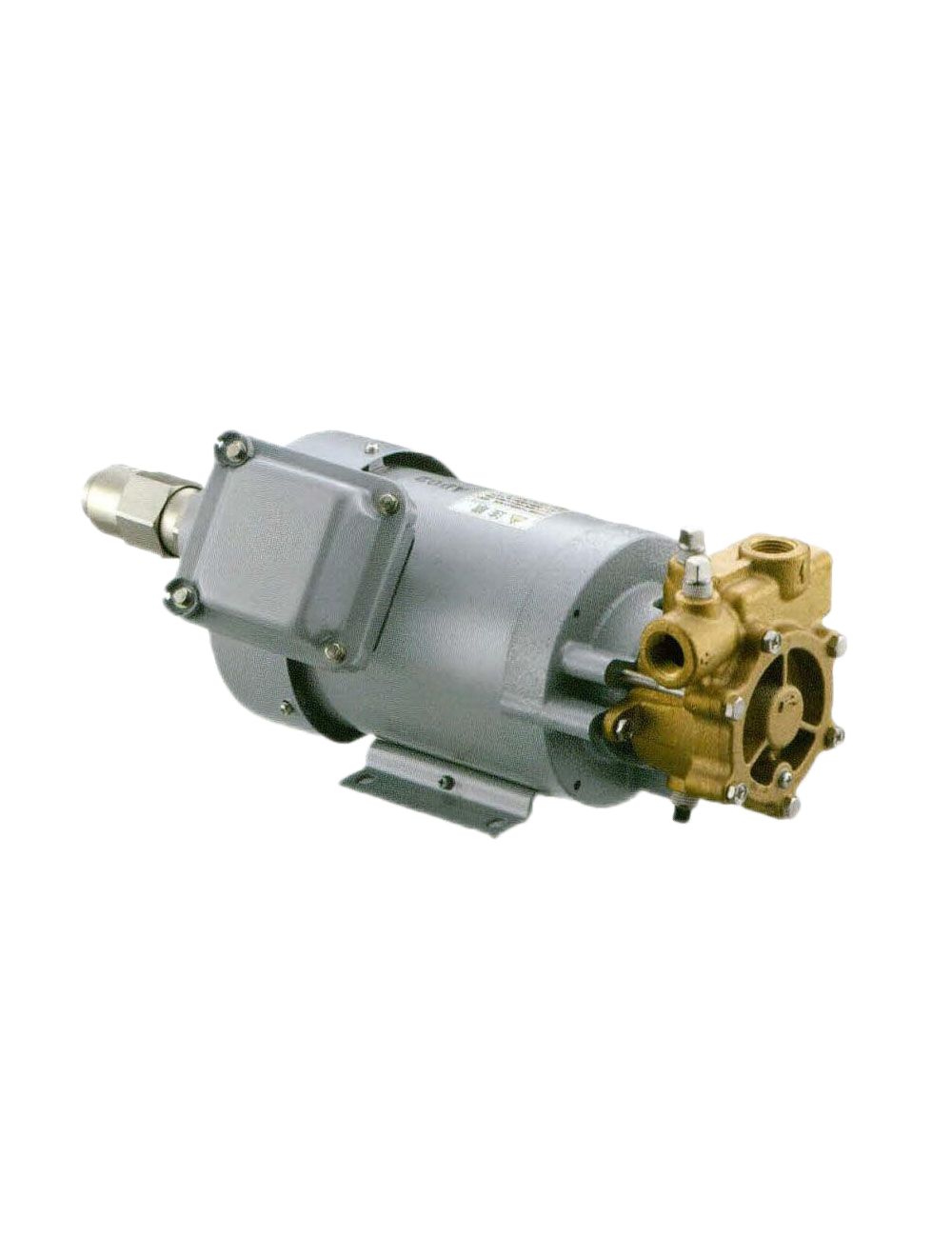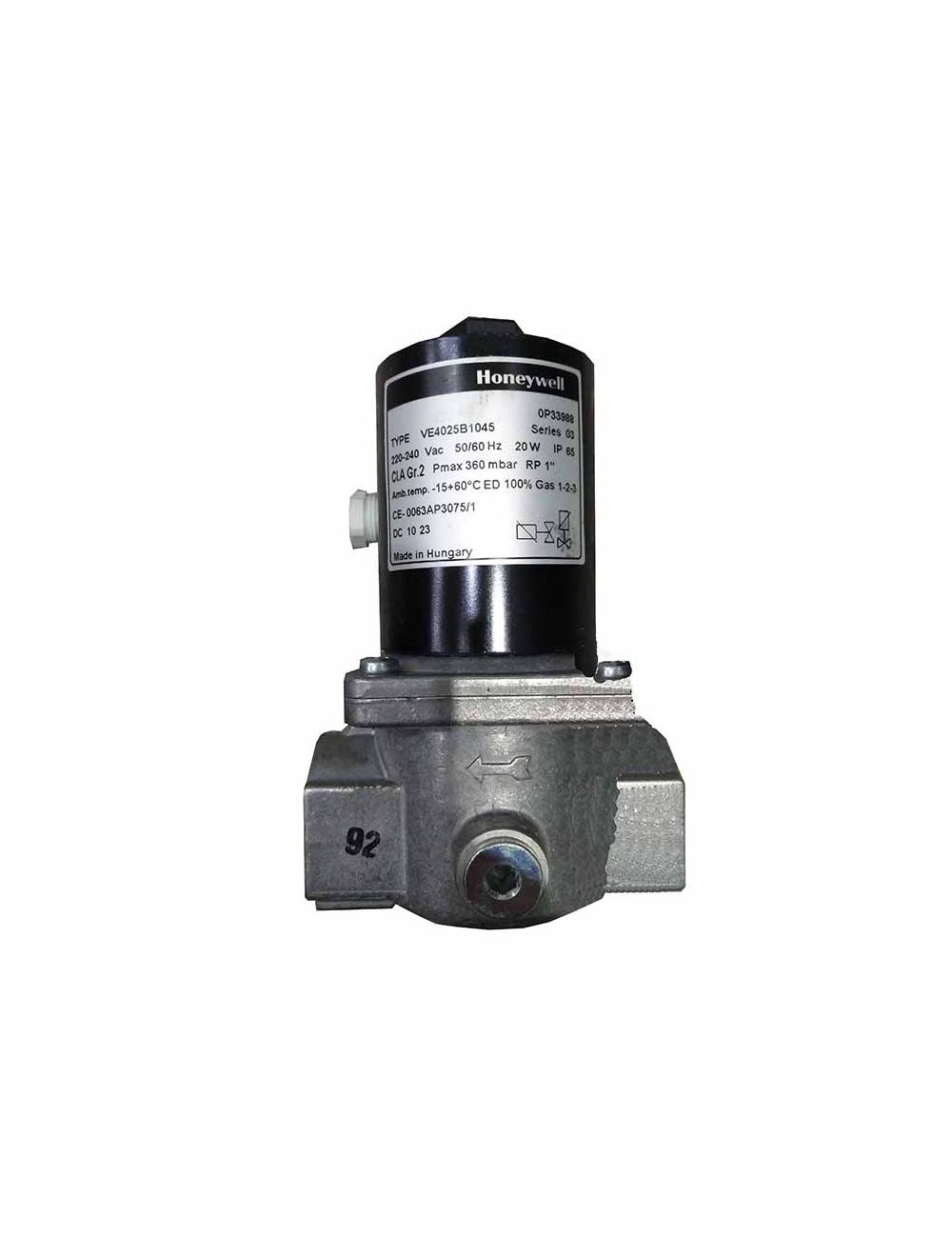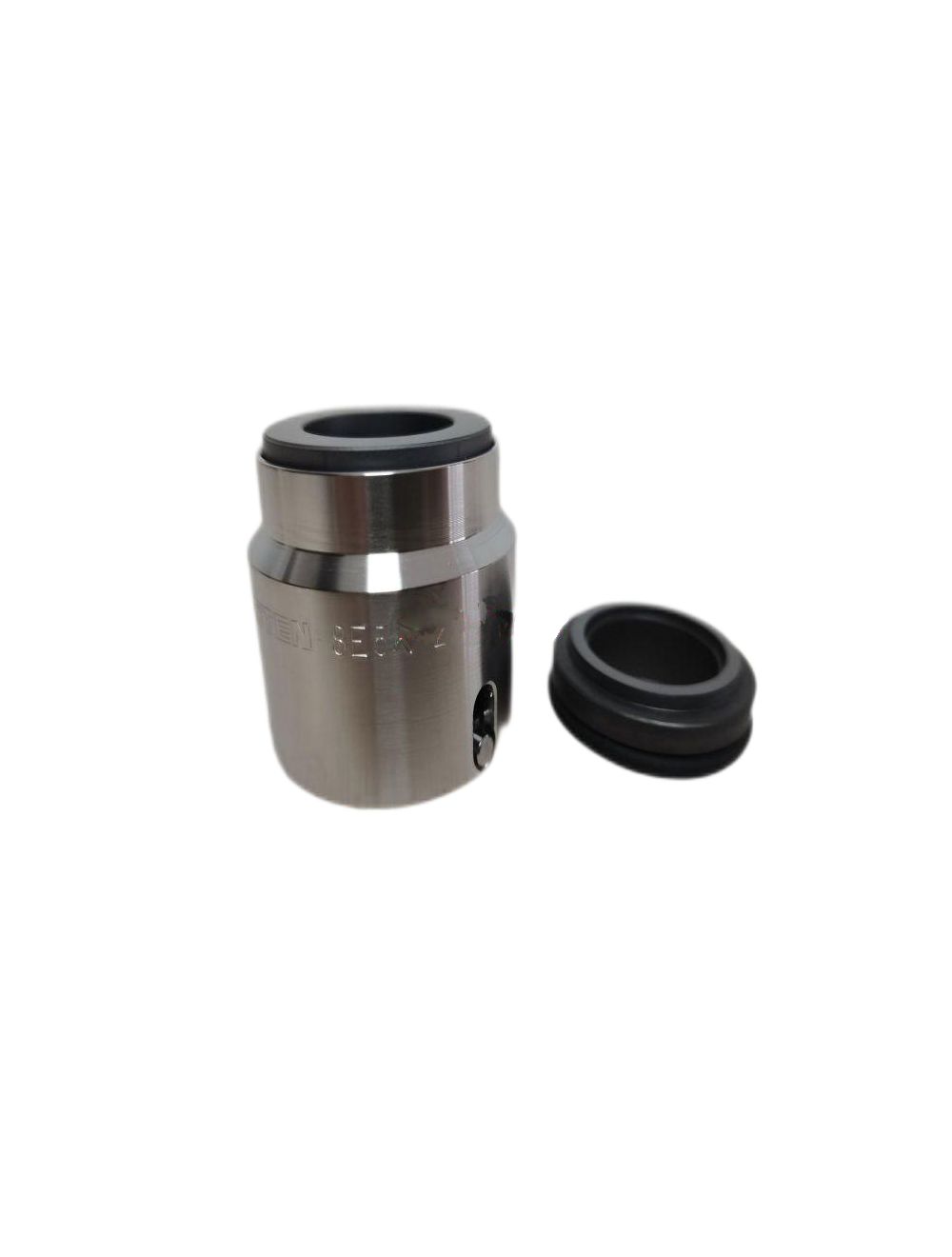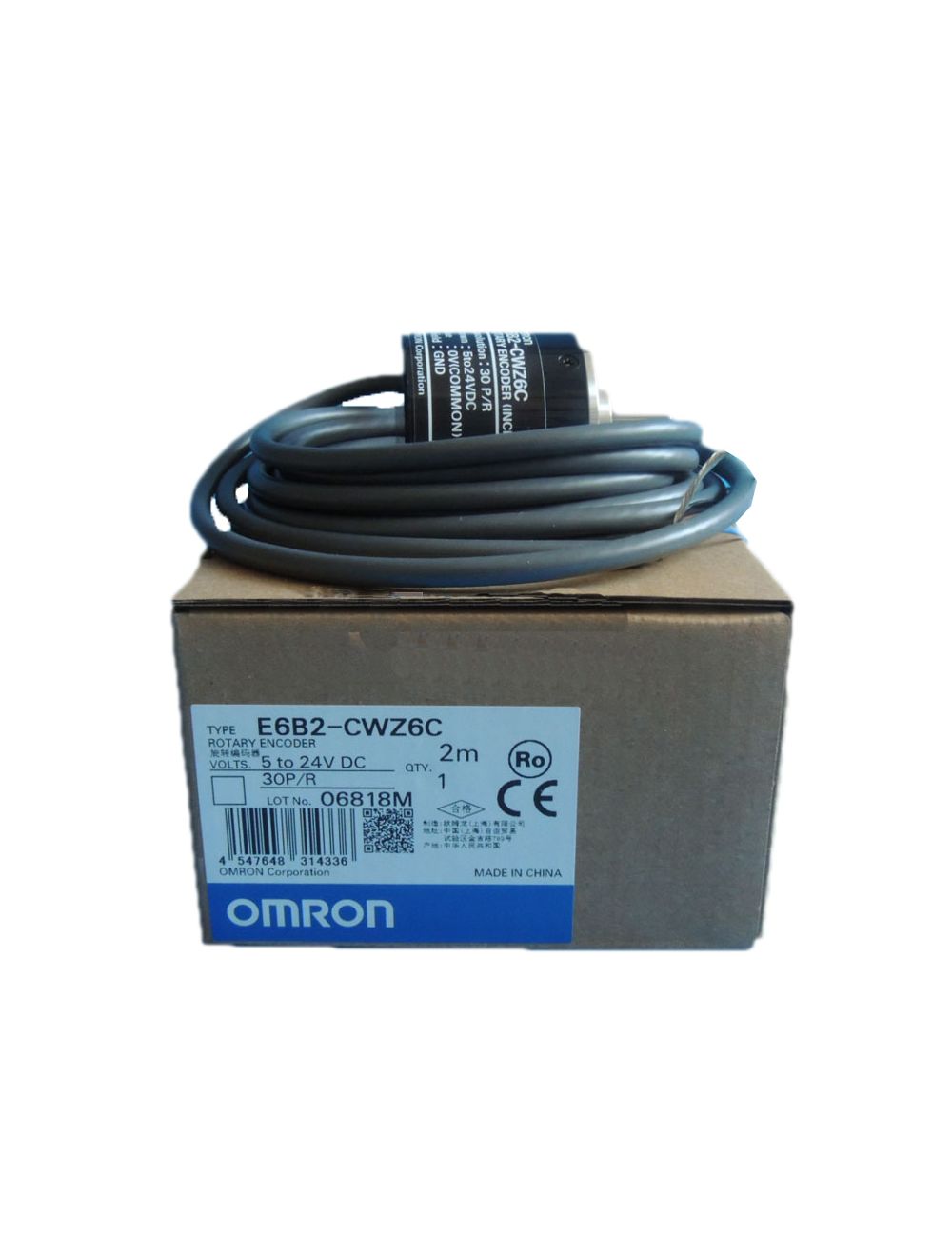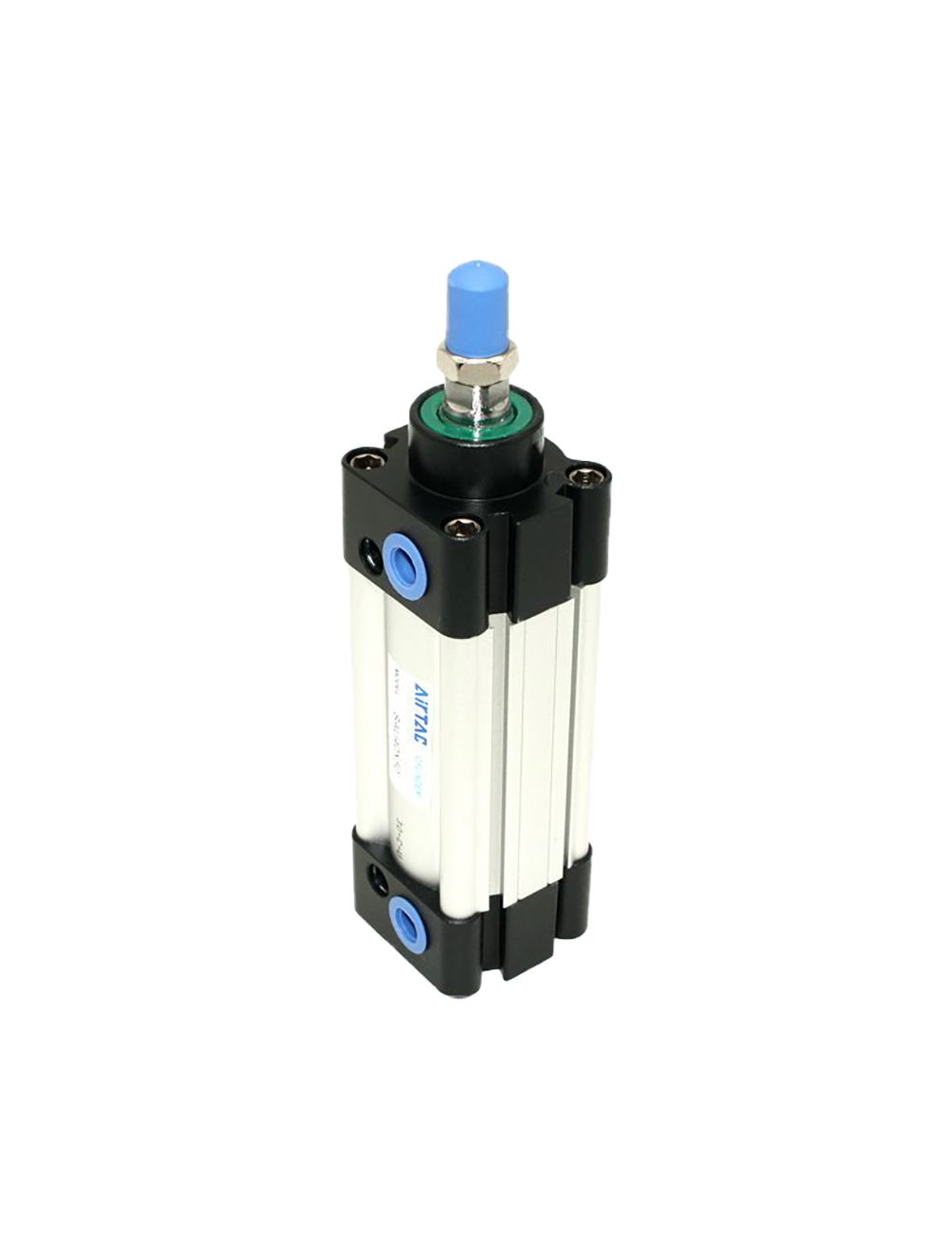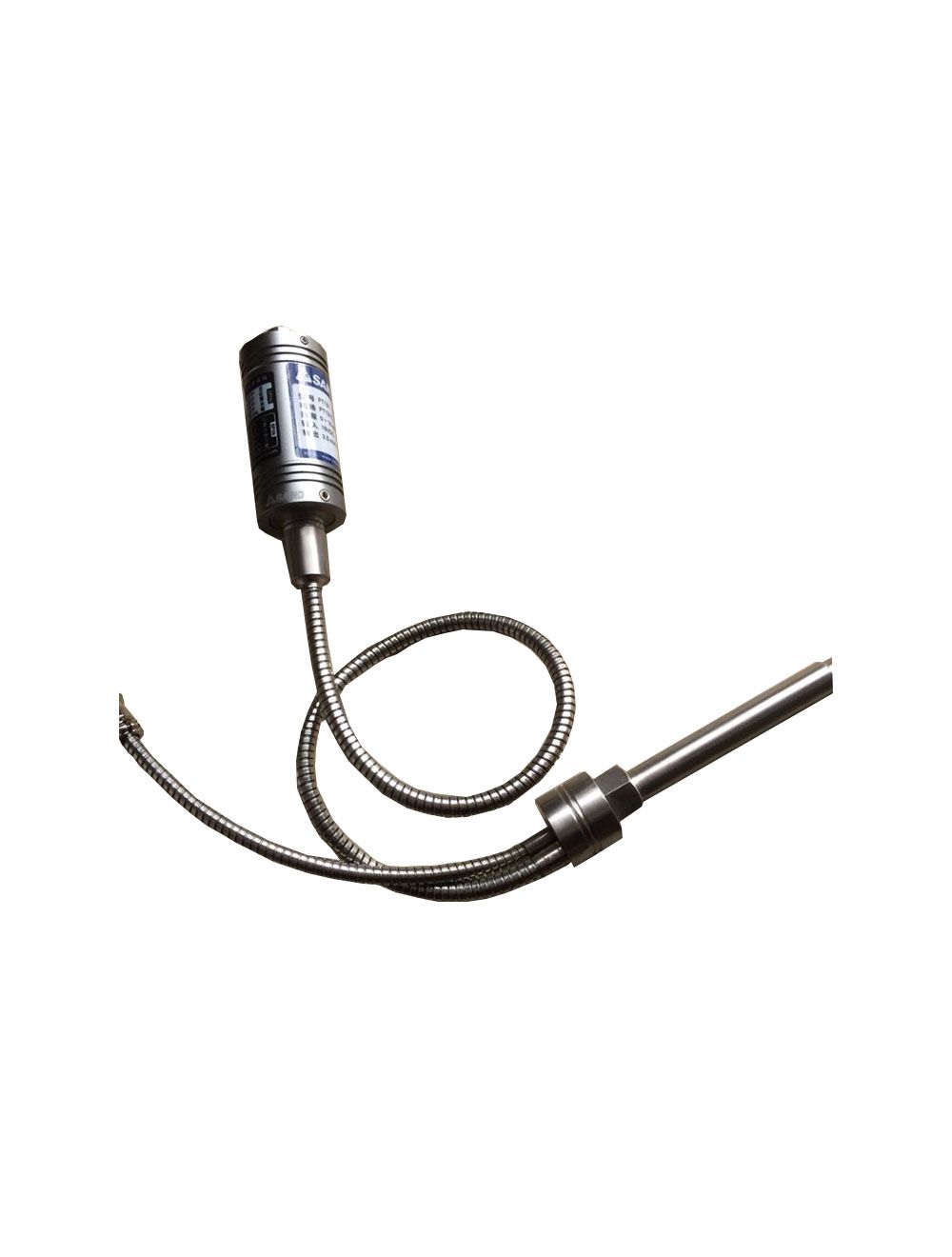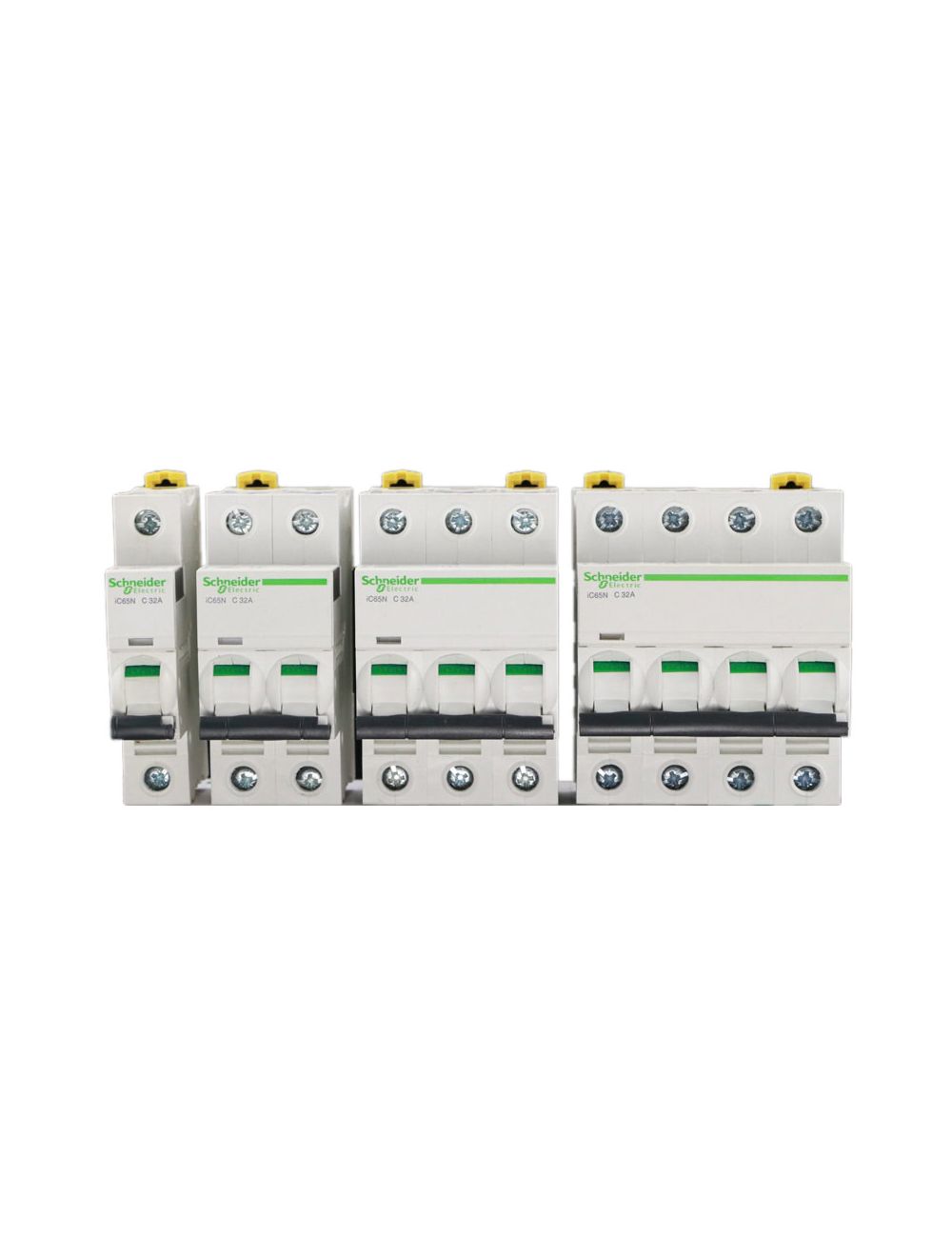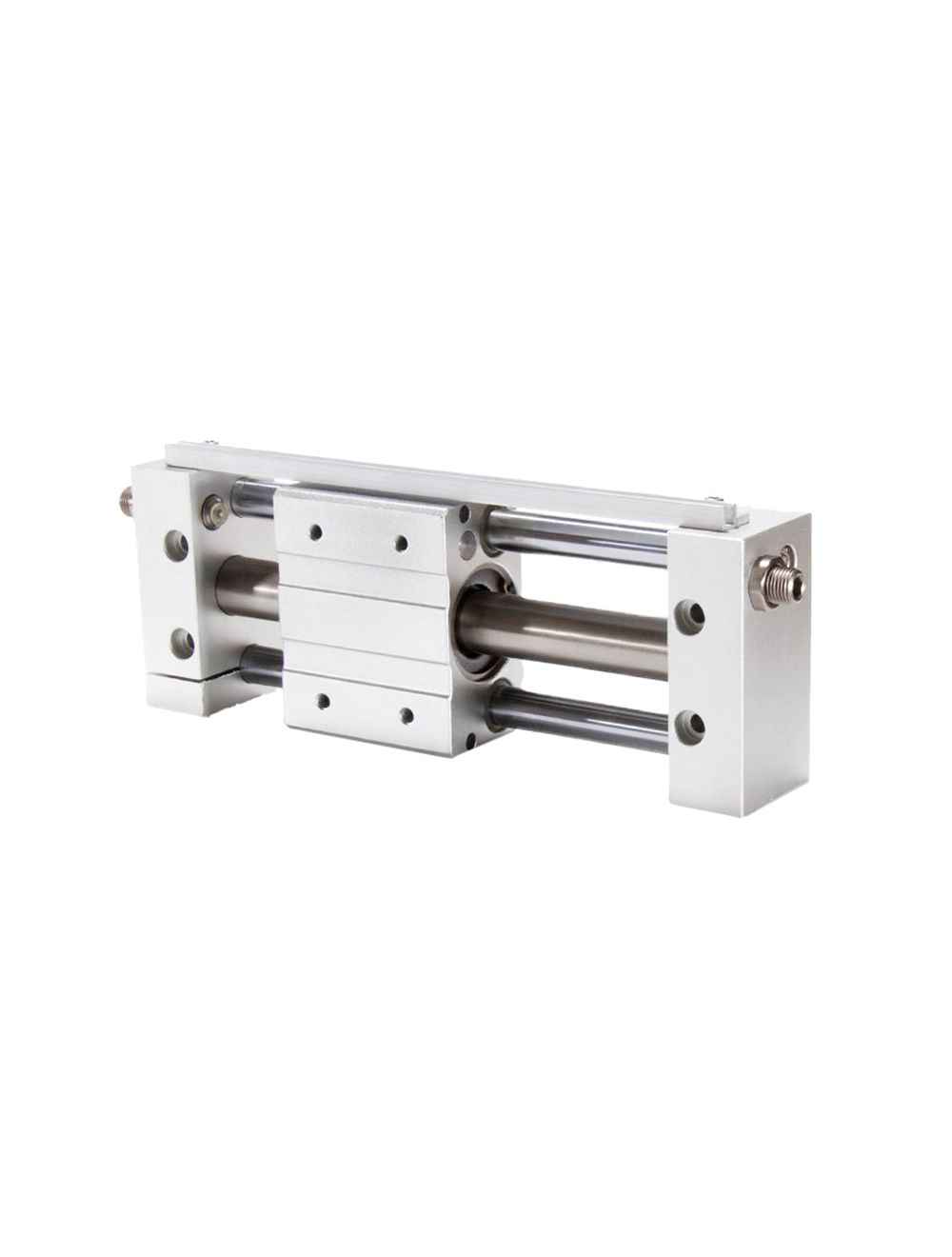
Figure 1: A Samsung refrigerator compressor.
Refrigerator plays an important role in our life, and it helps us keep food fresh, such as fruits, milk, eggs, vegetables, meat and so on. But the refrigerator may have some problems in daily use. The following introduces the reasons and solutions for Samsung refrigerators not cooling. If other brands of refrigerators have the same problem, you can also refer to the following solutions.
Analysis: The Samsung refrigerator not cooling is mainly due to power problem, insufficient refrigerant, compressor not running, refrigeration pipeline or capillary tube blockage, solenoid valve damage, relay damage, thermostat, fan, control circuit board, signal transmission circuit board, frequency converter circuit board failure and so on.
Analysis of the main causes of Samsung refrigerator suddenly not cooling, poor cooling effect, no cooled air after starting, and failure to work after start-up and corresponding solutions:
1. Power Problem
When the Samsung refrigerator is cooling, it needs to start the compressor to work. If the power plug of the refrigerator is not fully in contact with the socket, or the household voltage is too low, the compressor cannot be started normally. In this case, the refrigerator will naturally lose its cooling effect.
For this kind of problem, you can try the following methods to solve it:
(1) Check the power plug and reinsert it into the socket.
(2) Use a multimeter to measure the household voltage. If the voltage is too low or unstable, it is recommended to equip the refrigerator with a voltage stabilizer to solve the problem.

Figure 2: The structure diagram of a refrigerator.
2. Damaged Starter Relay
When the Samsung refrigerator compressor is started, it needs a start relay. If this device is damaged, the refrigerator compressor cannot be started normally.
Under normal circumstances, if you hear the "buzzing" sound from the compressor after the refrigerator is powered on, but the compressor cannot be started, it means that the starter relay is faulty. At this time, the fault can be repaired by replacing the starter relay.
3. Compressor Failure
When the Samsung refrigerator is working normally, the compressor will make a constant "humming" sound. If the internal structure of the compressor is abnormal, it will cause the refrigerator to lose its cooling capacity.
For example, if the compressor makes an "ah..." sound after the refrigerator is powered on, it means that the high-pressure buffer tube inside the compressor is broken.
For this kind of failure, you need a professional to disassemble the box for detailed inspection, and it is not recommended for users to dismantle the machine for maintenance.
4. Capillary Tube Blockage
The capillary tube plays an extremely important role in the refrigeration process of the refrigerator. It can change the refrigerant from the low-temperature and high-pressure state into a low-temperature and low-pressure state. The refrigerant absorbs heat instantly after passing through the capillary tube and entering the evaporator, thereby achieving the cooling effect.
If the capillary is blocked, the refrigerant will lose the channel for transferring the medium, and the refrigerator will lose its cooling capacity. At this time, it is necessary to disassemble the refrigerator, remove the capillary tube, clear the blockage inside it, and then put it back in place to repair the fault.
It should be noted that ordinary users do not have the working conditions to remove and unclog the capillary tube, so this fault should be repaired by professionals.

Figure 3: Capillary tubes used for refrigerators or air conditioners.
5. Deficiency or Leakage of Refrigerant (Lack of Refrigerant)
When the Samsung refrigerator lacks refrigerant, it will always be in the working state, because the refrigeration capacity of the refrigerator will not reach the set temperature level.
Under normal circumstances, the lack of refrigerant in the refrigerator is mostly caused by the rupture of the storage tank or the transmission medium pipe. At this time, it is necessary to focus on checking the components related to the refrigerant, repairing the crack and re-adding the refrigerant can solve the problem.
Let the refrigerator run for 3-5 minutes, then disconnect the power and listen for whether there is water running sound. If there is no, the refrigerant is out or leaking. Let the maintenance master repair the leak and refill the refrigerant.
6. Solenoid Valve Failure
The solenoid valve is mainly used to control the flow of refrigerant. If the solenoid valve fails, the refrigerant will not circulate normally, which will cause the Samsung refrigerator to not cool.
7. Damaged Refrigerator Door Gasket
If the seal of the Samsung refrigerator door is damaged, the refrigerator will lose or reduce the cooling effect, and at the same time, the compressor will be in working condition for a long time.
At this time, it is necessary to check the door seals of the refrigerator one by one, and replace the defective refrigerator door seals to solve the problem.

Figure 4: Samsung refrigerator door gasket.
8. Clogged Filter Screen
The function of the filter is to absorb impurities, but after a long time, a large amount of impurities accumulated on the filter will increase the operating pressure of the Samsung refrigerator. Therefore, the filter screen should be cleaned in time every once in a while.
9. Blocked Air Vents
If too much food is stored in the refrigerator, it will block the air vent, causing the internal temperature of the Samsung refrigerator to rise continuously and the cooling effect to deteriorate. Therefore, it is not advisable to store too much food in the refrigerator and please ensure that the air outlet is unobstructed.
10. Thermostat Failure
If the contacts of the thermostat switch stick together, the action will fail to cause the circuit to be in the on state for a long time, making the Samsung refrigerator not cooling.
At this time, you should find a professional master to remove and repair or replace the thermostat with a new one.
11. Fan Failure
When the fan fails and does not work, the cooling effect of the Samsung refrigerator will be poor. The refrigerator cannot dissipate heat, and the heat will be concentrated, causing the temperature to rise, and the cooling effect of the refrigerator will be poor naturally. If it is confirmed that the fan is faulty, it should be repaired by a maintenance worker in time.

Figure 5: A cooling fan for Samsung refrigerators.
12. Poor Heat Dissipation
Over time, dust and oil stains tend to accumulate on the condenser appearance of Samsung refrigerators, resulting in poor heat dissipation. It should be cleaned regularly to remove dust and oil stains.
In addition, when the refrigerator is installed, if no heat dissipation position is reserved, it will also lead to poor heat dissipation and affect the cooling effect.
For vertical refrigerators, a space of about 5-10 cm should be reserved for the left and right sides, while the heat dissipation positions of embedded refrigerators are concentrated on the top, bottom and back. The back should avoid leaning against the wall, and a certain space should be reserved at the bottom.
13. Faulty Control Circuit Board (Damaged Main Control Board)
The control circuit board of the Samsung refrigerator is mainly used to control the working condition of the whole refrigerator. If the control circuit board fails, it will mainly cause failures such as the refrigerator not working and not cooling. It is necessary to ask someone professional to check and replace it in time.
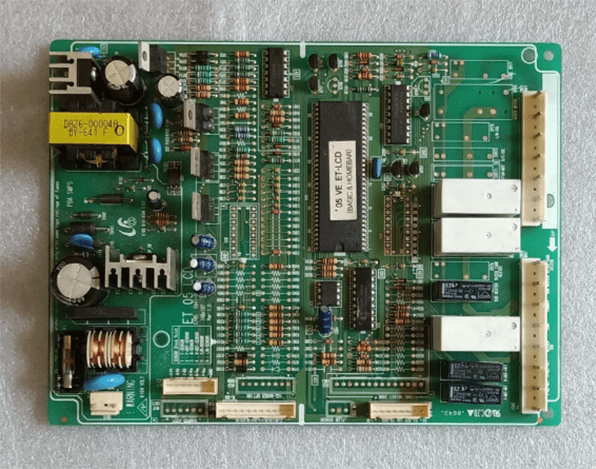
Figure 6: Samsung refrigerator control circuit board.
Conclusion
After the Samsung refrigerator does not cool, it is not recommended to disassemble and repair it personally. Please ask professionals to come to the door for inspection and maintenance, otherwise it may cause greater damage to the machine due to personal disassembly and assembly.
Related Info
Diagnosis and Troubleshooting of Refrigeration Compressor Failure15 Refrigeration System Components Structure, Function, Working Principle Diagram (2)
14 Common Ice Maker Problems and How to Fix Them
How a Refrigeration Compressor Works
4 Types of Safety Protection for Refrigeration Compressors (9 Common Protection Devices for Refrigeration Compressors)

